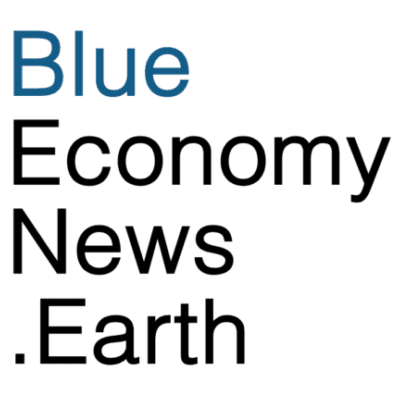The Global Seafood Alliance (GSA) will require all shrimp producers around the world certified to Best Aquaculture Practices (BAP) certification standards to end eyestalk ablation, or the sourcing of shrimp postlarvae from hatcheries that engage in the practice, by the end of 2030.
Eyestalk ablation is pinching, cauterizing or surgical removal of a broodstock female shrimp’s eyestalk to make them mature faster and release 10 to 20 times more eggs.
According to the Shrimp Welfare Project, The X-organ-sinus-gland complex in the eyestalk of crustaceans produces and stores hormones. One hormone called gonad-inhibiting hormone (GIH) controls the reproductive organs and when they mature. Removing the gland speeds up their maturation and makes them spawn sooner. The practice also affects the moult-inhibiting hormone (MIH). Following ablation, moulting increases, using a lot of the animal’s energy so that they become exhausted and stressed.
This causes lower survival rates of breeding animals, reduced quantity and quality of offspring, physical harm, health issues, reproductive exhaustion, weight loss and stress.
For the past several years, GSA said it has funded and undertaken research to identify commercially viable alternative methods to eyestalk ablation and has collaborated with academic, NGO and industry partners to ascertain the challenges associated with an industry-wide shift to shrimp farming without ablation. Last year, the organization shared the results of a survey conducted with shrimp producers in key production regions to determine the industry’s readiness for adopting alternative methods and the primary obstacles to achieving that goal.
As a result GSA has decided to ban the practice of eyestalk ablation by the end of 2030 and will work closely with BAP-certified producers and industry stakeholders in the lead-up to achieve this goal. Recommended alternatives include “promoting natural environments, improving welfare practices, regular reviews, refraining from rigid timelines and fostering industry collaboration. A holistic and adaptive approach is encouraged to address the diverse challenges faced by different regions, and gradual shifts and ongoing trials are crucial to influencing change over the next 15 to 20 years.”
GSA believes that as aquatic animal welfare research and knowledge have matured, shrimp eyestalk ablation has emerged as an issue that the industry can and should solve through innovation and collaboration. Some retailers and consumers have been calling for an end to the practice.
“It may be a difficult challenge for some producers, but it’s become clear that eyestalk ablation should no longer be considered among the best practices for shrimp aquaculture,” said CEO Mike Kocsis. “Animal health and welfare is one of the four pillars of responsibility that guide all BAP standards, which also include environmental responsibility, food safety and social accountability. Our standards are designed to strengthen over time and reflect the latest knowledge about the impact of aquaculture, an industry that will only be growing in importance as both the global human population and the threat of climate change increase.”
“GSA stands ready to support the global aquaculture industry at all times and be a resource for shrimp farmers everywhere who need assistance making this historically important transition,” Kocsis added.
There are currently nearly 1,900 shrimp farms and 150 shrimp hatcheries around the world with an active BAP certification, producing nearly 800,000 metric tons of shrimp annually. Globally, there are more than 4,000 BAP-certified farms, hatcheries, processing plants for all seafood products combined.

